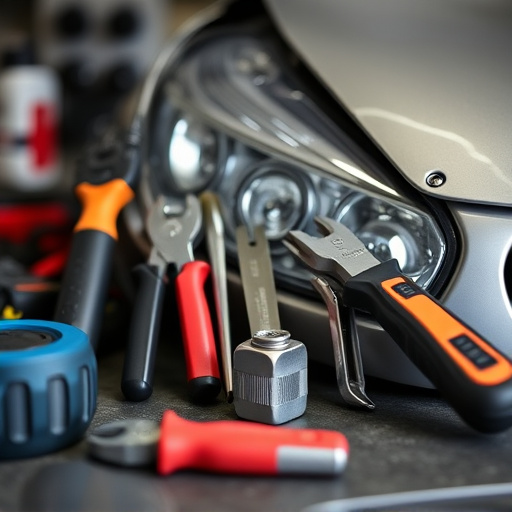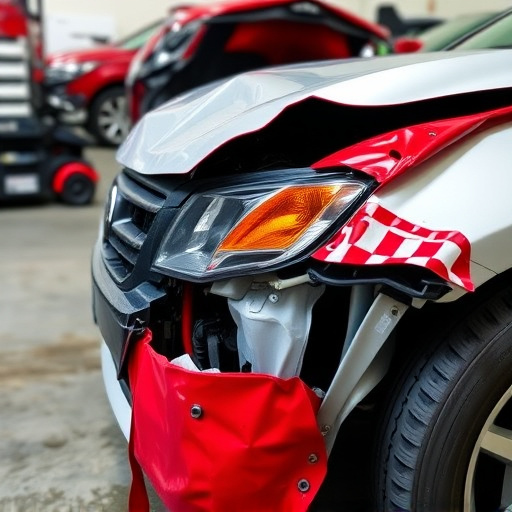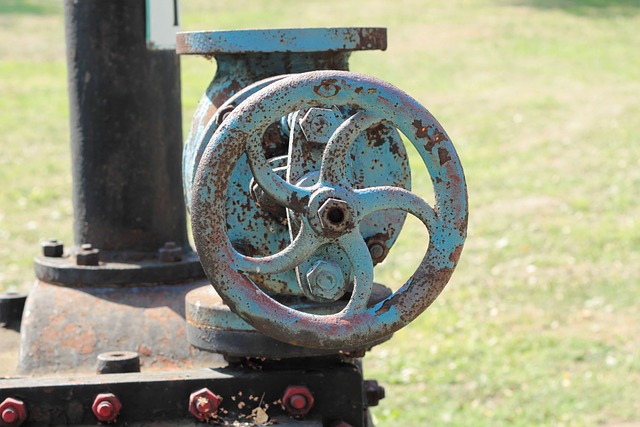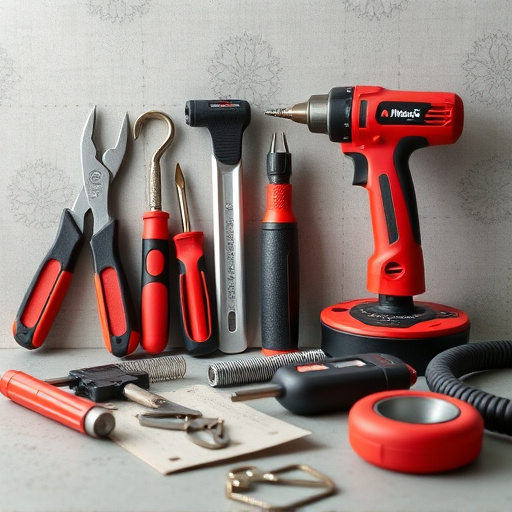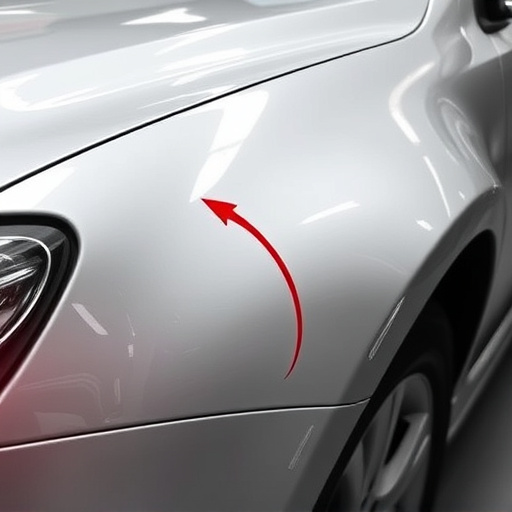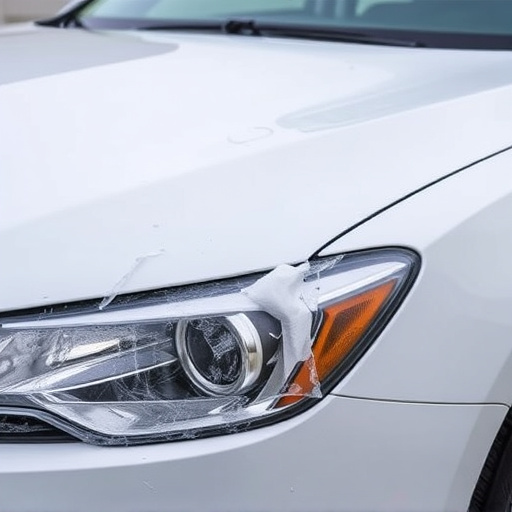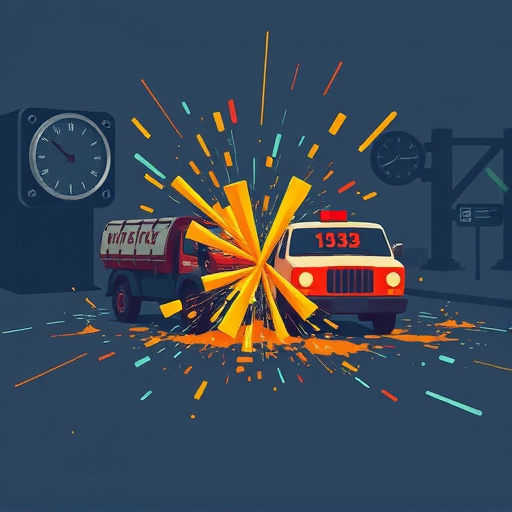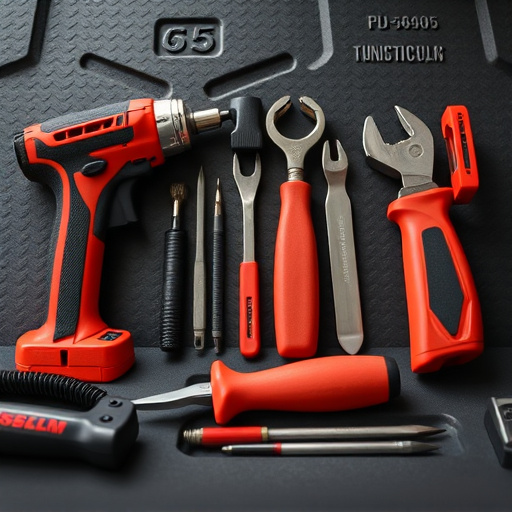Valet service collision repair programs streamline vehicle restoration through clear policies, expert technicians, and proactive communication. Successful programs define service scope, customer expectations, and detailed procedures for various repairs while adhering to industry standards. Transparency, accurate estimates, regular updates, quality parts, and meticulous craftsmanship enhance customer satisfaction, fostering trust and long-term relationships. Efficient coordination and prompt turnaround times further improve the customer experience.
In today’s competitive automotive industry, a well-structured valet service collision repair program can significantly enhance customer satisfaction and loyalty. This article delves into the common policies and guidelines that form the backbone of successful programs. From understanding the unique needs of valet services to implementing best practices for repair processes, we explore key components essential for effective collision repair management. By adhering to these strategies, automotive businesses can ensure high-quality service and positive customer experiences.
- Understanding Valet Service Collision Repair Policies
- Key Components of Effective Program Guidelines
- Best Practices for Ensuring Customer Satisfaction
Understanding Valet Service Collision Repair Policies

Valet service collision repair programs are designed to streamline the process of restoring damaged vehicles, ensuring swift and efficient automotive repair services. Understanding the policies behind these programs is key for both businesses offering such services and customers availing of them. These policies dictate everything from initial assessment and estimate to final repairs and customer satisfaction guarantees.
Knowledgeable valets and technicians play a vital role in executing these policies, providing expert advice on vehicle dent repair or other forms of damage assessment. The programs often emphasize proactive communication, keeping customers informed about every step, from diagnostic testing to actual vehicle dent repair and beyond. Such transparency builds trust and ensures clients receive quality automotive repair services, aligning with the program’s policy framework.
Key Components of Effective Program Guidelines

The success of a valet service collision repair program hinges on clear and comprehensive guidelines. These program guidelines should serve as a roadmap for all involved parties, from valet staff to car owners. Key components include defining the scope of services, outlining customer expectations, and establishing detailed procedures for handling various types of vehicle damage, such as car dent removal or more complex body work.
Effective guidelines also specify responsibilities, insurance coverage, and warranty policies. They should address emergency protocols, ensuring quick response times in case of accidents, as well as communication strategies to keep customers informed throughout the repair process. Furthermore, these guidelines must align with industry standards and regulations, promoting not only high-quality vehicle repair services but also ensuring customer safety and satisfaction.
Best Practices for Ensuring Customer Satisfaction
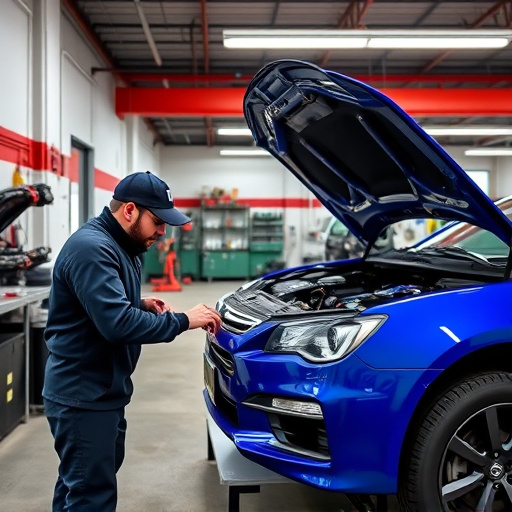
To ensure customer satisfaction with valet service collision repair programs, it’s imperative to implement best practices that prioritize transparency and communication. This includes providing clear estimates and updates throughout the repair process, ensuring all parties understand the scope of work and associated costs. Regular check-ins and open dialogue between the repair facility and client help manage expectations and address any concerns promptly.
Additionally, focusing on meticulous craftsmanship and using high-quality parts for classic car restoration or general automotive repair services is crucial. Customers value their vehicles’ return to pre-accident condition, so adhering to strict quality standards enhances trust and fosters long-term relationships. Prompt turnaround times and efficient coordination with valet service providers further contribute to a positive customer experience.
Valet service collision repair programs, with clear policies and best practices in place, can significantly enhance customer satisfaction and streamline repair processes. By understanding key components, such as communication protocols and quality standards, businesses can create effective guidelines that promote efficiency and transparency. Adhering to these policies ensures a seamless experience for clients, fostering trust and loyalty in the valet service collision repair industry.
